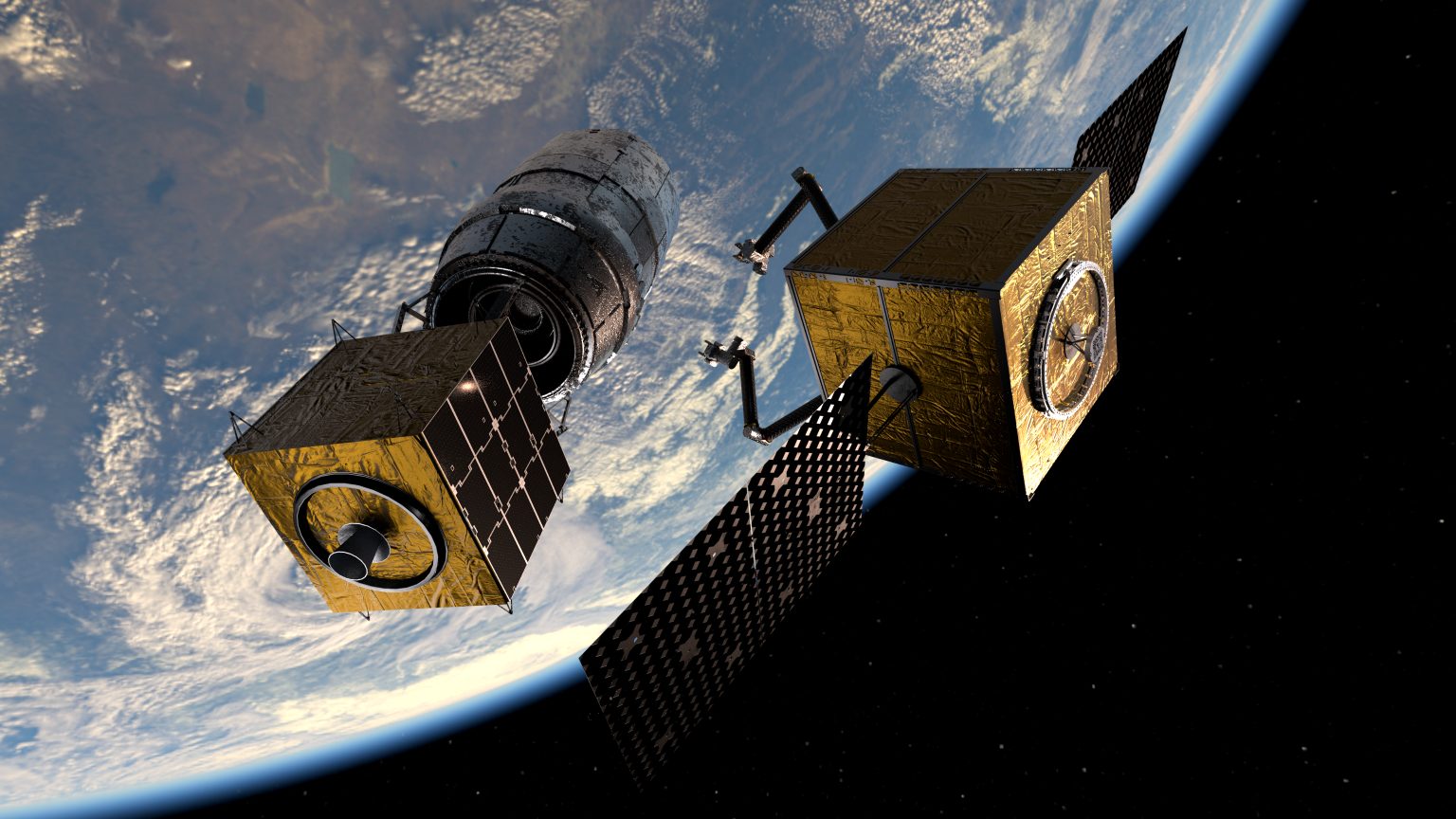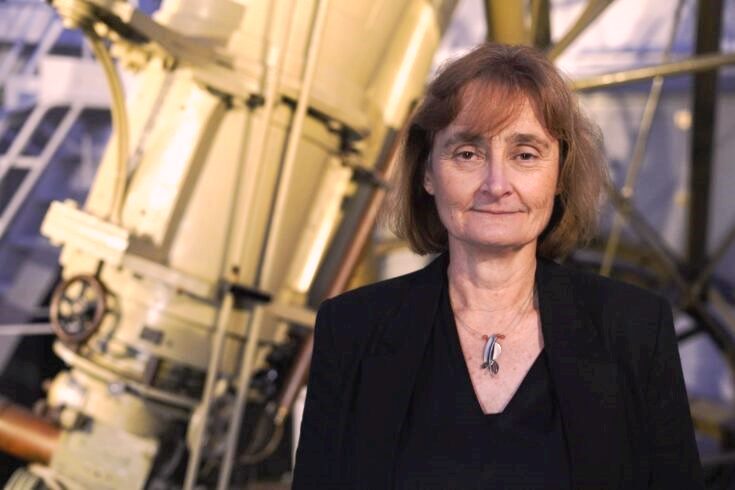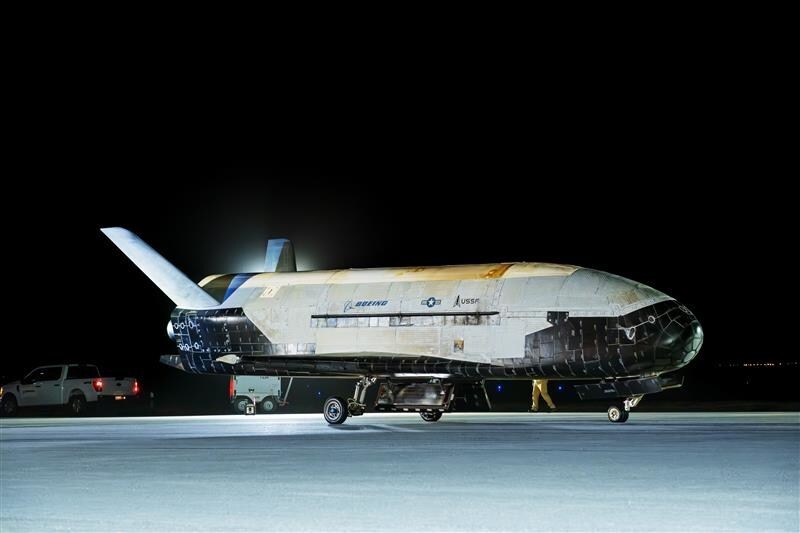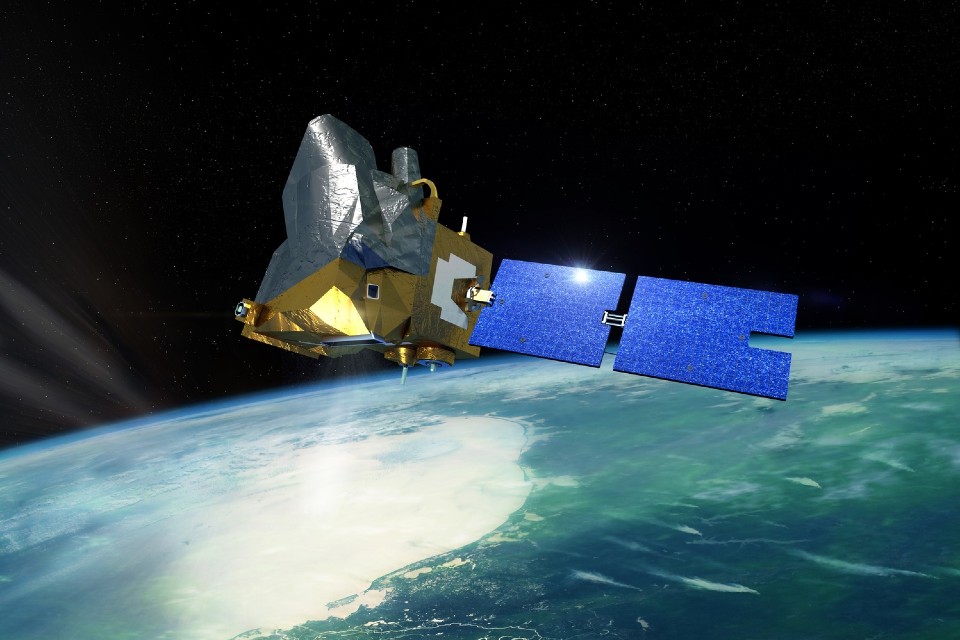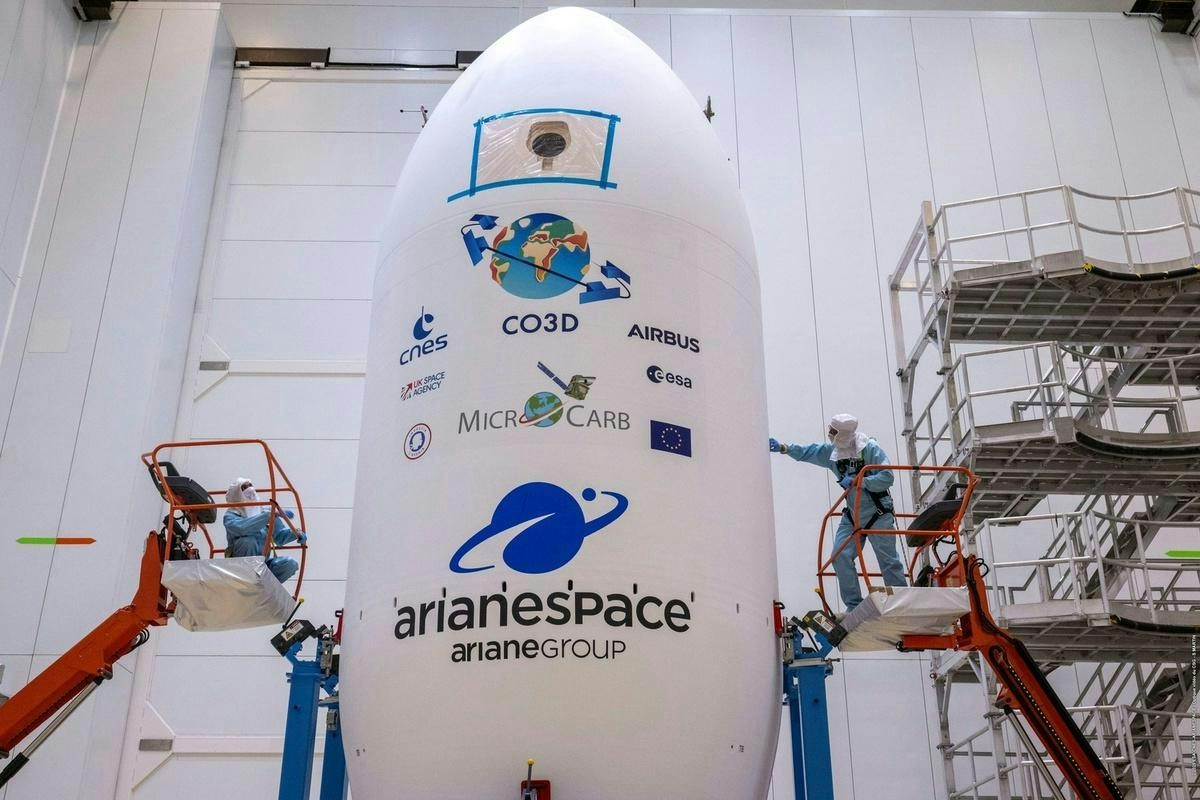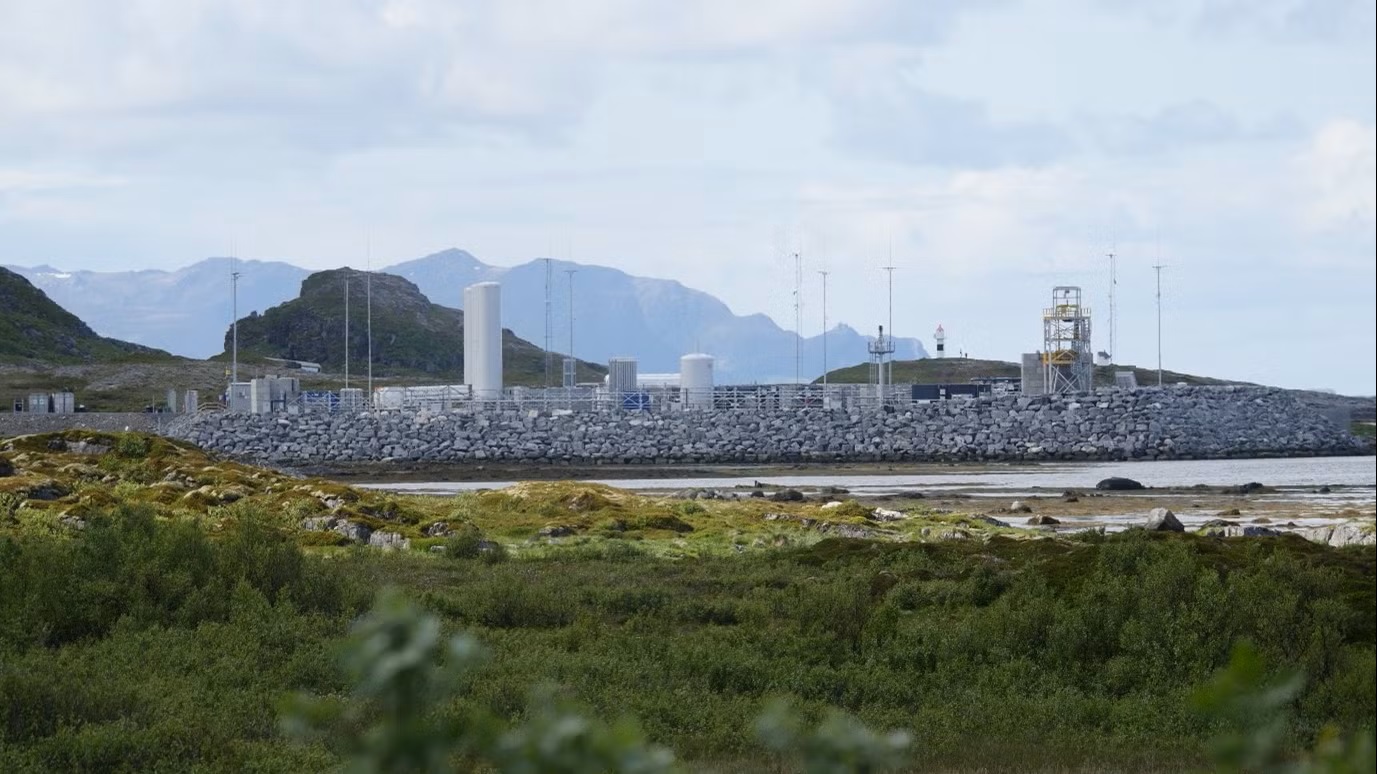Teledyne e2v delivers European sat processors to Thales Alenia Space

Thales Alenia Space has gained a 10-times increase in the processing speed and power for its OBC, with the design and qualification process cut by up to four years, thanks to Teledyne e2v’s expertise of transforming the latest commercial grade processors into spaceflight-ready models.
In a first for a European mission, Teledyne e2v’s re-engineered PC7448 microprocessors will be used at the heart of Thales Alenia Space’s OBC that serve the Lightning Imager (LI) systems on EUMETSAT’s next generation Meteosat geostationary meteorological satellites.
Four Meteosat MTG-I satellites, scheduled for launch from 2019, will be equipped with LI systems that will place a major demand on their on-board computers to deliver the sensitivity and discrimination required for near real-time lightning detection over the Earth’s full hemisphere. Teledyne e2v has helped Thales Alenia Space meet this challenge by re-engineering commercial grade PC7448 1.3 GHz processors in accordance with NASA’s MIL-PRF-38535 Class Y (QML Y) quality standard that guarantees best-in-class reliability. Now, for the first time, Thales Alenia Space can utilise a microprocessor offering the same performance as the latest desktop PCs in a spaceflight-ready version capable of surviving the rigours of a 15-year mission.
The satellite LI systems will facilitate the monitoring and tracking of active convective areas and storm life cycles critical for nowcasting and very short range forecasting of severe weather events. Monitoring of lightning also helps assess the impact of climate change on thunderstorm activity. Lightning is a major source of harmful atmospheric nitrogen oxides (NOx) that play a key role in the ozone conversion process and acid rain generation. A detailed knowledge of the global distribution of lightning is therefore a prerequisite for studying and monitoring NOx-related physical and chemical processes in the atmosphere.
“The design and qualification of space microprocessors to ensure that they can withstand exposure to shock, vibration, extreme temperatures and radiation can take on average, five to seven years,” said Nicolas Chantier, Teledyne e2v’s Marketing Director for Signal Processing Solutions. “That means any processor designed specifically for space is effectively way behind the current state-of-the-art by the time it is ready for launch. We have found a way to complete this process in one third of the time, with no compromise on quality, by adapting powerful commercial grade processors and up-screening them for space.”



